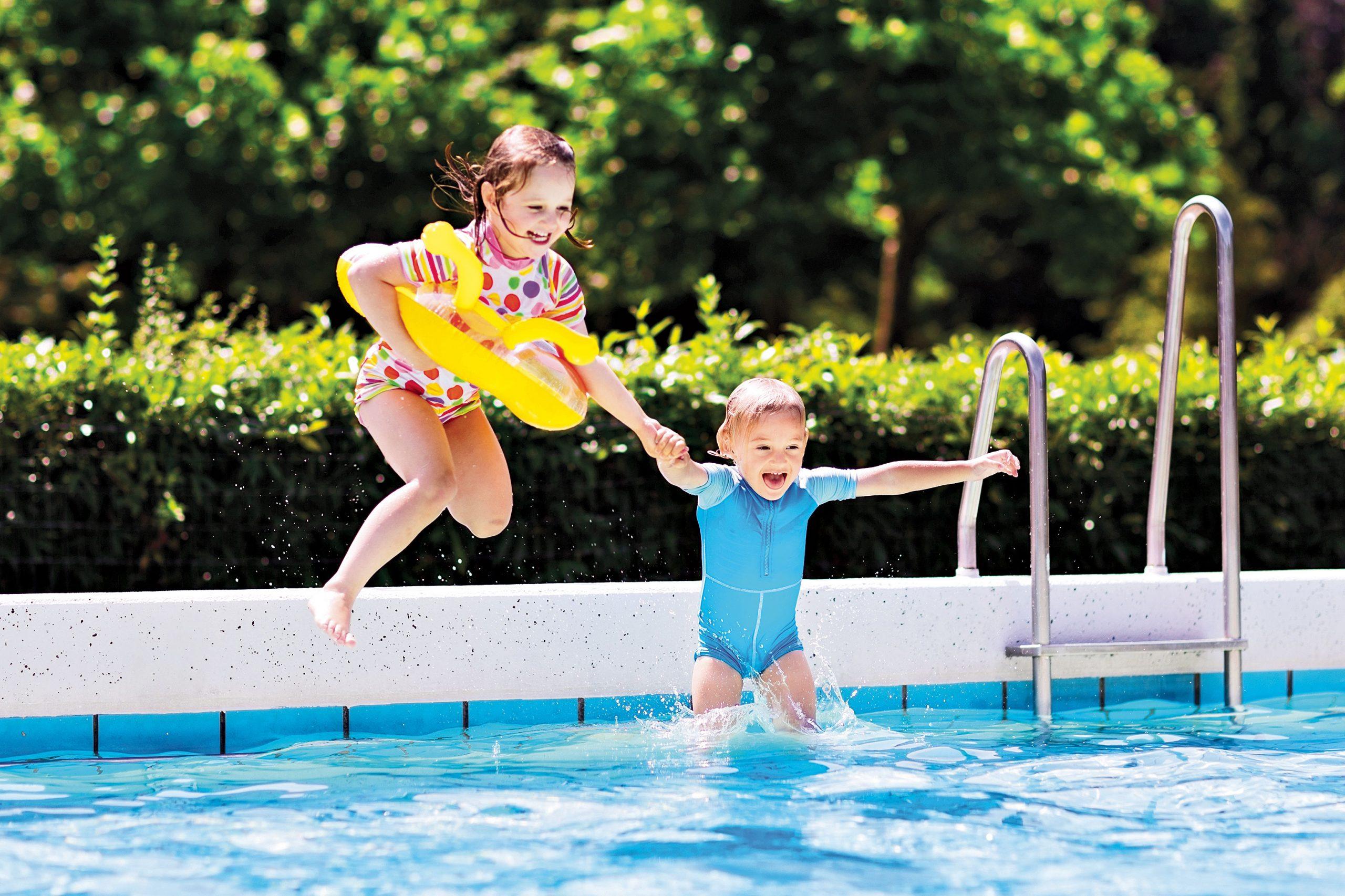
Pool Safety and Drowning Prevention
It’s that time of year again when more people are enjoying their favourite summer pastimes, swimming and other water-related activities. Sadly, it’s also the time of year when people, especially children, are at the highest risk of drowning. In Canada, 73 per cent of all drowning accidents happen between May and September.
Over 56 per cent of all drowning accidents happen in residential pools. The highest rate of drownings occurs in young children aged one to four years, with children between five and nine years being the second-highest age group.
Drowning accidents happen quickly. Contrary to what’s portrayed on TV, children don’t splash around or make a lot of noise when they are drowning. Instead, they are silent and appear to be struggling to keep their head above water. Toddlers, in particular, don’t make any noise or show signs of distress when they are drowning. They slip underwater and sink to the bottom of a pool or body of water within a few seconds.
Allan Horwood, owner of Pool Patrol, an installation company in British Columbia, is a longtime advocate of retractable pool safety covers, child water safety and drowning prevention. He strongly believes in taking a proactive, multi-layered and preventative approach to safety. His recommendations include:
- Add fencing around pools that children can’t climb over or get through.
- Install locks on gates that are high enough that children can’t reach or easily open.
- Use bells or other alarm devices on doors and gates so parents are alerted if the door leading to the pool has been opened.
- Cover the pool with a certified retractable pool safety cover installed by a professional service like Pool Patrol. Their covers can easily support a small child’s weight.
- Inspect your safety cover regularly or call the installation company for routine inspections to make sure it’s in good working condition.
- Keep toys and other flotation devices out of the pool when it’s not in use so children aren’t tempted by them.
- Put life jackets or other flotation vests on your children anytime they’re near water.
- Always assign an adult to supervise children near water and have them wear a bright shirt or vest so everyone knows who is in charge of watching the children.
- If you’re having a pool party, hire a lifeguard or designate adults to watch the children so there is always someone supervising the swimmers. If more than one adult will be supervising, create a schedule that is available to everyone.
- Young children should never be in the pool without an adult. Always keep children within arm’s reach and eye view while in the water.
- Keep a first aid kit and other emergency supplies by the pool and make sure they are in good working order.
- Take a first aid and CPR course so you are prepared for any emergency.
Take swimming lessons. You can reduce the risk of drowning by 88 per cent when children and adults learn to swim.
Other measures adults can take to ensure children remain safe around pools, tubs and other bodies of water include putting devices like phones, tablets, laptops and other handheld devices away to minimize distractions.
Regularly inspect your pool, including the drain covers, to make sure everything is in good working condition. Book an appointment with your pool company for regular inspections and fix or replace anything that is broken or past its lifespan.
Swimming pools and water activities are fun for the whole family but can also be dangerous, especially for young children. Incorporating several preventative safety measures around your home and pool will decrease your family’s risk of drowning accidents.





